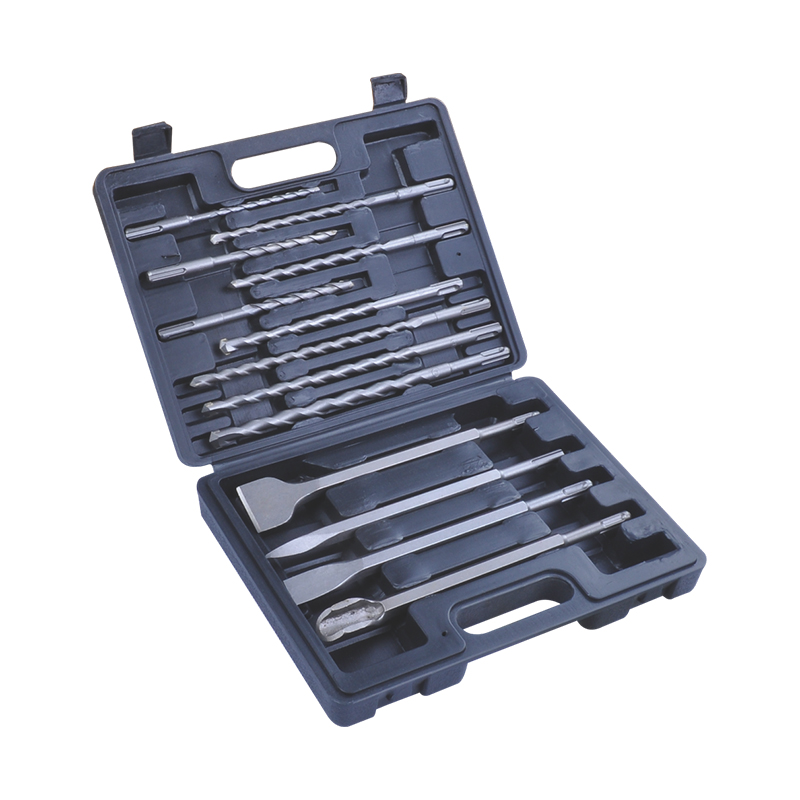2025-05-02
When it comes to the art of glass drilling, the Glass Drill Bit is a critical component that necessitates careful handling and precise operation. The rotation speed of the Glass Drill Bit plays a significant role in determining the quality and success of the drilling process. Understanding the relationship between the speed of the Glass Drill Bit and its drilling outcomes is essential for achieving suitable results without compromising the integrity of the glass. This article will explore the intricacies of how the rotation speed of a Glass Drill Bit can affect the drilling process and the final product.

The speed at which a Glass Drill Bit rotates is a balancing act between efficiency and precision. Too slow, and the bit may not cut through the glass effectively, causing an increased risk of breakage or a jagged hole. Too fast, and the Glass Drill Bit can overheat, causing stress fractures or even shattering the glass. The ideal rotation speed allows the bit to maintain contact with the glass long enough to create a clean cut but not so long that it generates excessive heat.
One of the key considerations when determining the appropriate rotation speed for a Glass Drill Bit is the thickness and type of glass being drilled. Thicker glass may require a slower speed to prevent the bit from overheating and causing the glass to crack. On the other hand, thinner glass can often tolerate a faster speed without the risk of breakage. The material composition of the glass also plays a role; tempered glass, for example, is more susceptible to stress fractures than regular glass and may require a more cautious approach with the Glass Drill Bit.
The design and construction of the Glass Drill Bit itself can also influence the suitable rotation speed. Bits with a smaller diameter or those made from materials with lower heat resistance may require a slower speed to prevent overheating. Conversely, larger bits or those with higher heat resistance can often handle faster speeds without the risk of damage.
Another factor to consider is the use of coolants or lubricants when drilling with a Glass Drill Bit. The right coolant can help dissipate heat and reduce friction, allowing for a higher rotation speed without the risk of overheating. However, the type of coolant used and its application method can also impact the speed at which the Glass Drill Bit should be operated.
The operator's skill and experience with Glass Drill Bits cannot be understated. An experienced user will be able to judge the appropriate speed based on the feel of the bit and the sound it makes as it cuts through the glass. A novice may need to start with a slower speed and gradually increase it as they become more comfortable with the tool and the drilling process.
In conclusion, the rotation speed of a Glass Drill Bit is a critical factor that can significantly impact the drilling outcomes. By considering the thickness and type of glass, the bit's design and construction, the use of coolants or lubricants, and the operator's skill level, one can optimize the speed to achieve possible results. Balancing these factors with the rotation speed of the Glass Drill Bit will ensure clean, precise holes and extend the tool's lifespan, ultimately causing a successful and efficient glass drilling operation.